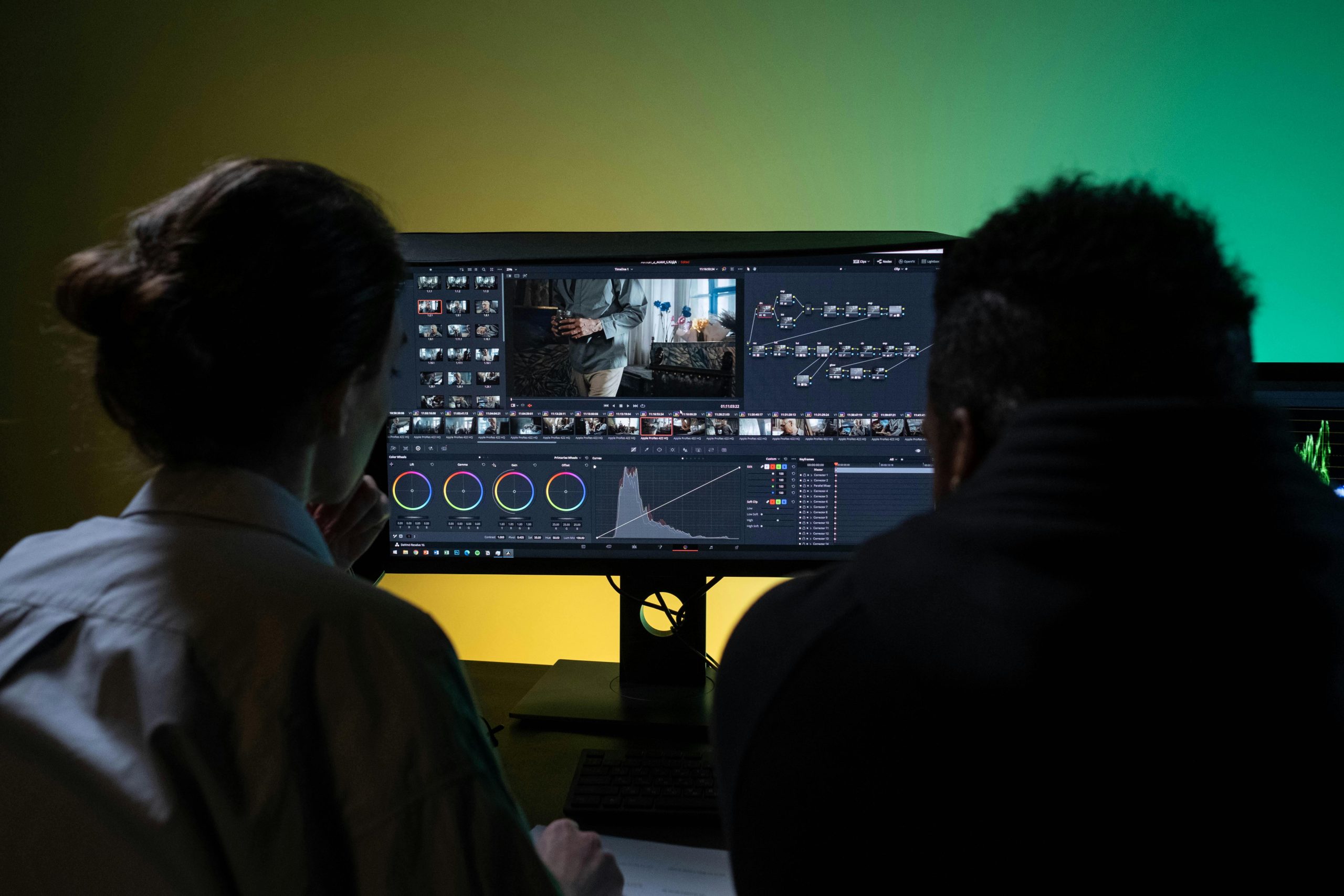Title: Troubleshooting a 2016 PC: Restoring Functionality After Long-Term Storage
Introduction
Reassembling a PC after extended storage can often lead to unexpected challenges. Recently, I attempted to reinstall two drives—an SSD containing the operating system and an HDD for storage—into my 2016 desktop after six years of inactivity. Despite the system powering on with fans and LEDs functioning normally, I faced issues with no video output. This experience highlights key troubleshooting steps and considerations when restoring a stored PC.
System Overview
- Components:
- SSD (Boot Drive)
- HDD (Storage)
- Motherboard from 2016
- Setup:
- Drives stored and reconnected after six years
- Power supply confirmed to be functional
- Monitor and cables tested with other devices
Observed Symptoms
- The PC powers on: fans spin, LEDs illuminate
- No signal detected by the monitor
- BIOS or POST splash screen is absent
- No indication of drive activity or errors during boot
Troubleshooting Process
- Checking Basic Connections
- Ensured all SATA cables are securely connected to the motherboard (multiple SATA ports tested)
- Verified power connections to drives and motherboard
- Confirmed monitor and display cables are working by testing with other sources and monitors
-
Tried different video output ports on the GPU and motherboard
-
Isolating Components
- Removed the HDD entirely to eliminate potential conflicts
- Attempted to boot with only the SSD connected
-
No change in behavior; the system still fails to display output
-
Assessing BIOS Accessibility
- Tried to enter BIOS setup (commonly via DEL or F2) during startup
-
Unable to access BIOS, indicating the system may not be POSTing properly
-
Considering External Factors
- Recall of a previous issue with the motherboard’s CMOS battery
- Replacing or reseating the CMOS battery to reset BIOS settings
Analysis and Next Steps
The lack of video output and inaccessible BIOS suggests that the problem may not solely lie with the drives. Instead, options include:
- Motherboard issues: potential corrosion, degraded components, or BIOS corruption
- Power supply problems: insufficient or unstable power delivery
- Memory issues: incompatible or failing RAM modules
- Drive health: though less likely, drives may have failed during storage
Recommendations
- **Test with minimal hardware:
Share this content:



